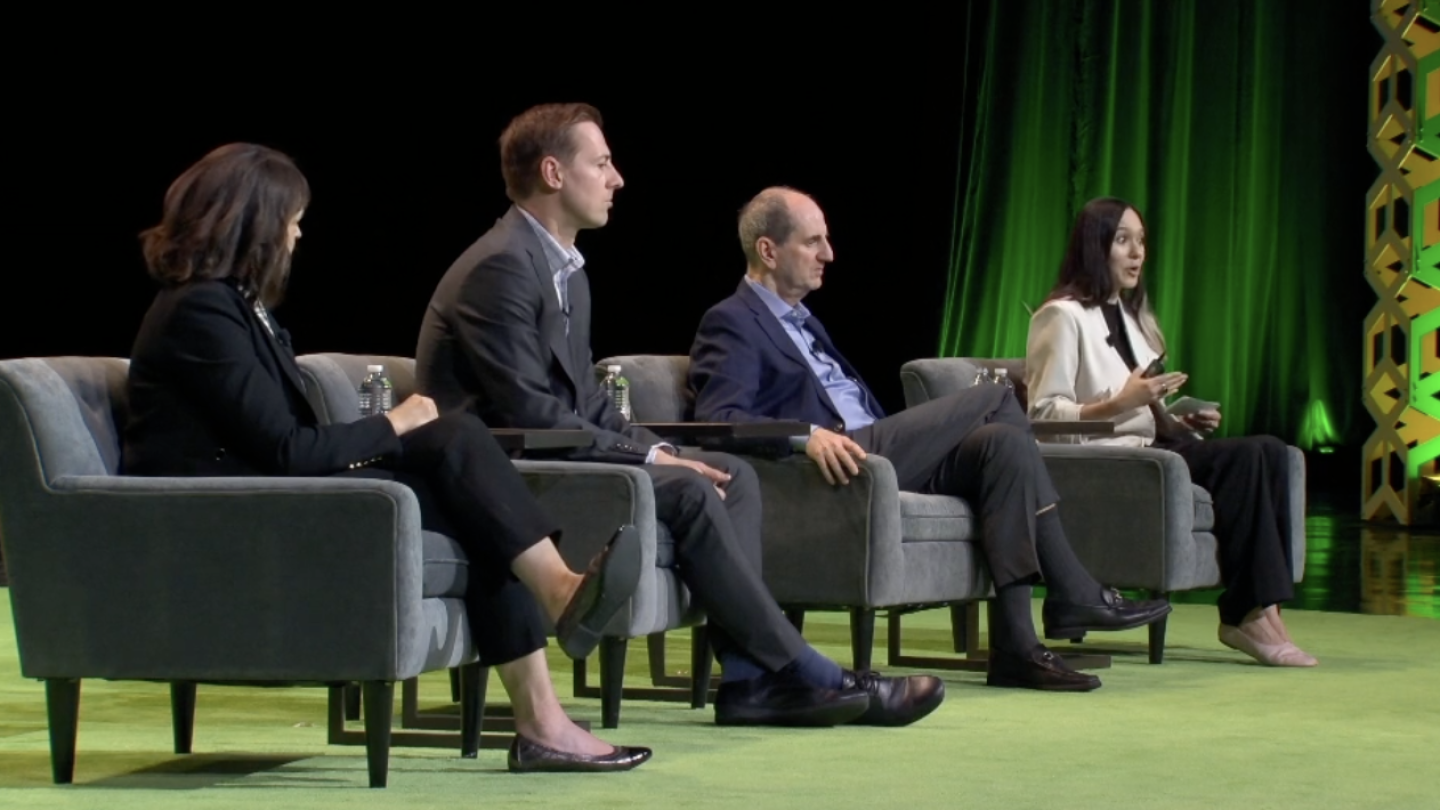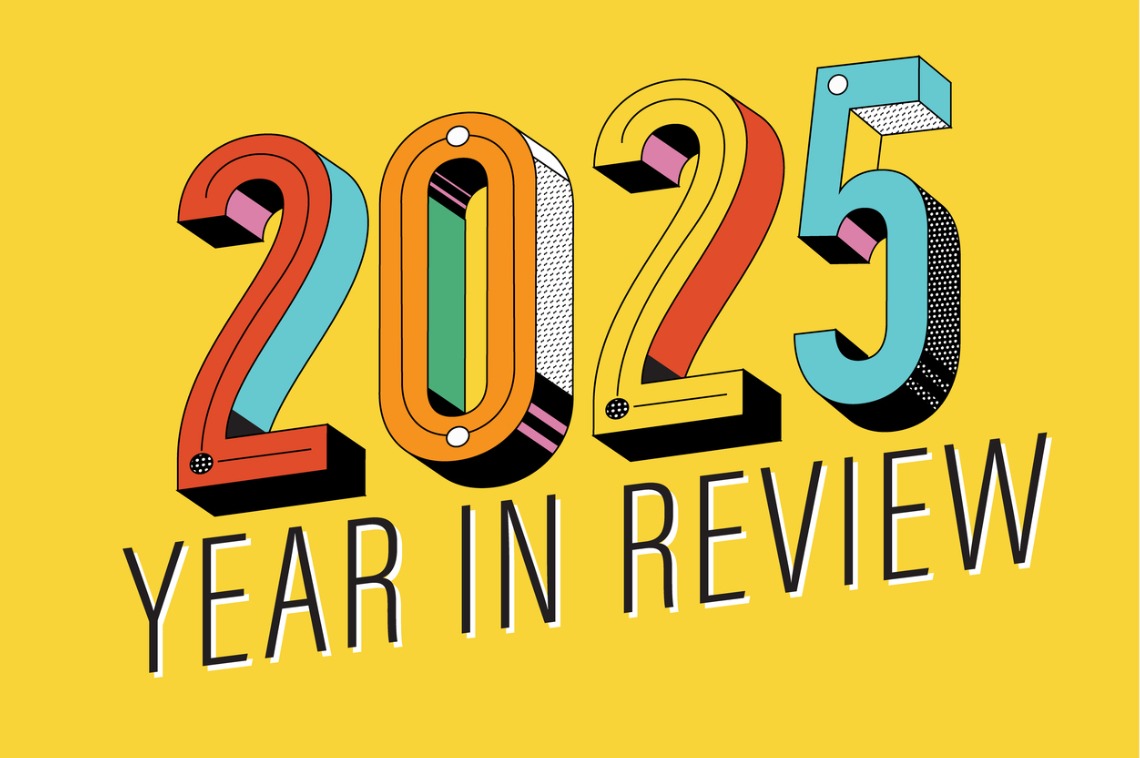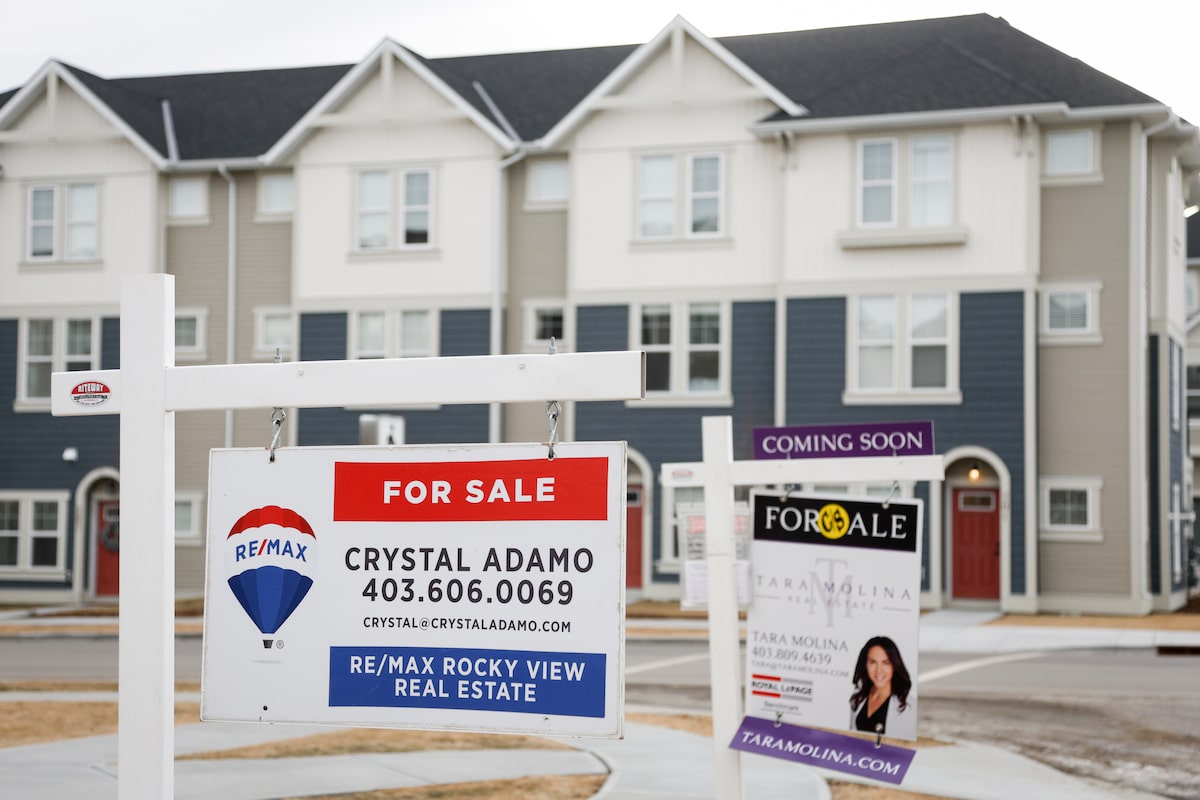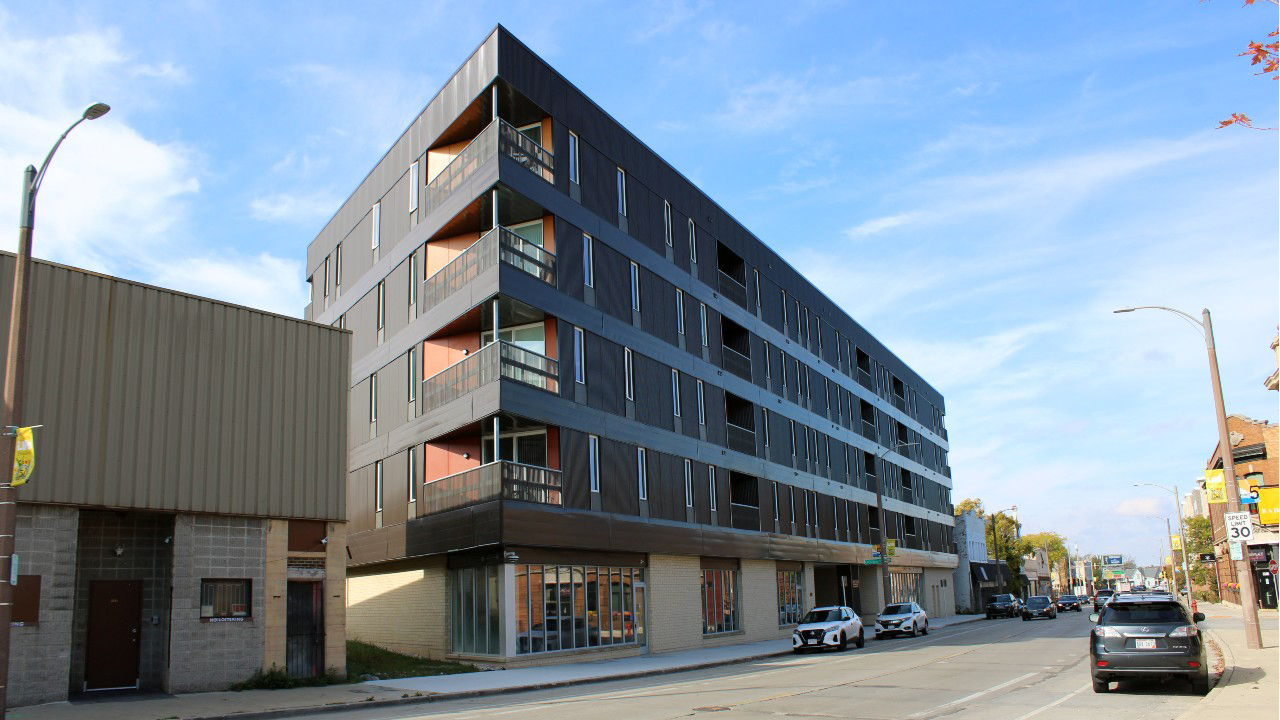O
n the final day of the ULI Fall Meeting, a panel of commercial real estate experts gathered to forecast the industry's trajectory through 2026. Moderated by Emi Adachi, managing director and co-head of global research at Heitman, the session featured discussions around risks to commercial real estate recovery, property values, and strategic investment opportunities.
Panelists noted that the U.S. economy has entered a "soft landing" for the first time since World War II, with commercial real estate being one of the few industries not experiencing a significant downturn. William Pattison, head of research and strategy at MetLife Investment Management's real estate group, said that capital market conditions are somewhat stabilized, allowing the industry to benefit from this trend.
Pattison predicted that office vacancy rates may start declining next year, but emphasized that the pace of recovery is more important than when the peak occurs. Transaction pricing is improving, according to Liz Ptacek, principal of global real estate market research and analytics at StepStone Real Estate, who expressed concerns that it reinforces "bad behavior" by allowing funds to maintain high valuations.
Ptacek warned that real estate funds haven't reduced asset valuations quickly enough, contributing to sluggish transaction volumes and limited market liquidity. She predicted disappointing fund returns due to the gap between market pricing and property fundamentals. Panelists agreed that the outlook for the office sector is more negative than indicated by the NCREIF property survey.
Tom Errath, managing director of research and strategy at Harrison Street, said there will be more distress ahead in the office market due to unexpired leases. Outside of office, however, panelists were rosier about their outlooks, with Pattison stating that values have likely bottomed out in many sectors except for office.
Panelists were bullish on alternative property sectors, citing strong performance in student housing, senior housing, self-storage, medical offices, and data centers. Errath said the definition of core and alternatives has blurred, making it difficult to distinguish between them. He anticipated a slow increase in transaction volumes, starting with individual assets rather than portfolios.
The panelists discussed bid-ask spreads, with Ptacek noting that buyers are capitulating more in favored property sectors, leading to low cap rates and high bids. Errath agreed, stating that sellers don't have to transact if they're not getting their desired price.
When asked about risks to commercial real estate's recovery, the panelists mentioned the impending U.S. election as a significant concern. Ptacek said that a Trump presidency would bring inflationary pressures and potentially chill labor force growth, which drives commercial real estate. Pattison agreed, stating that immigration is the biggest risk under a Trump presidency.
Errath noted that the industry may be underestimating geopolitical risks that could affect capital markets, supply chains, and the overall economy. He cited concerns about Israel-Gaza, China, and North Korea's involvement in Ukraine as potential triggers for global instability.














